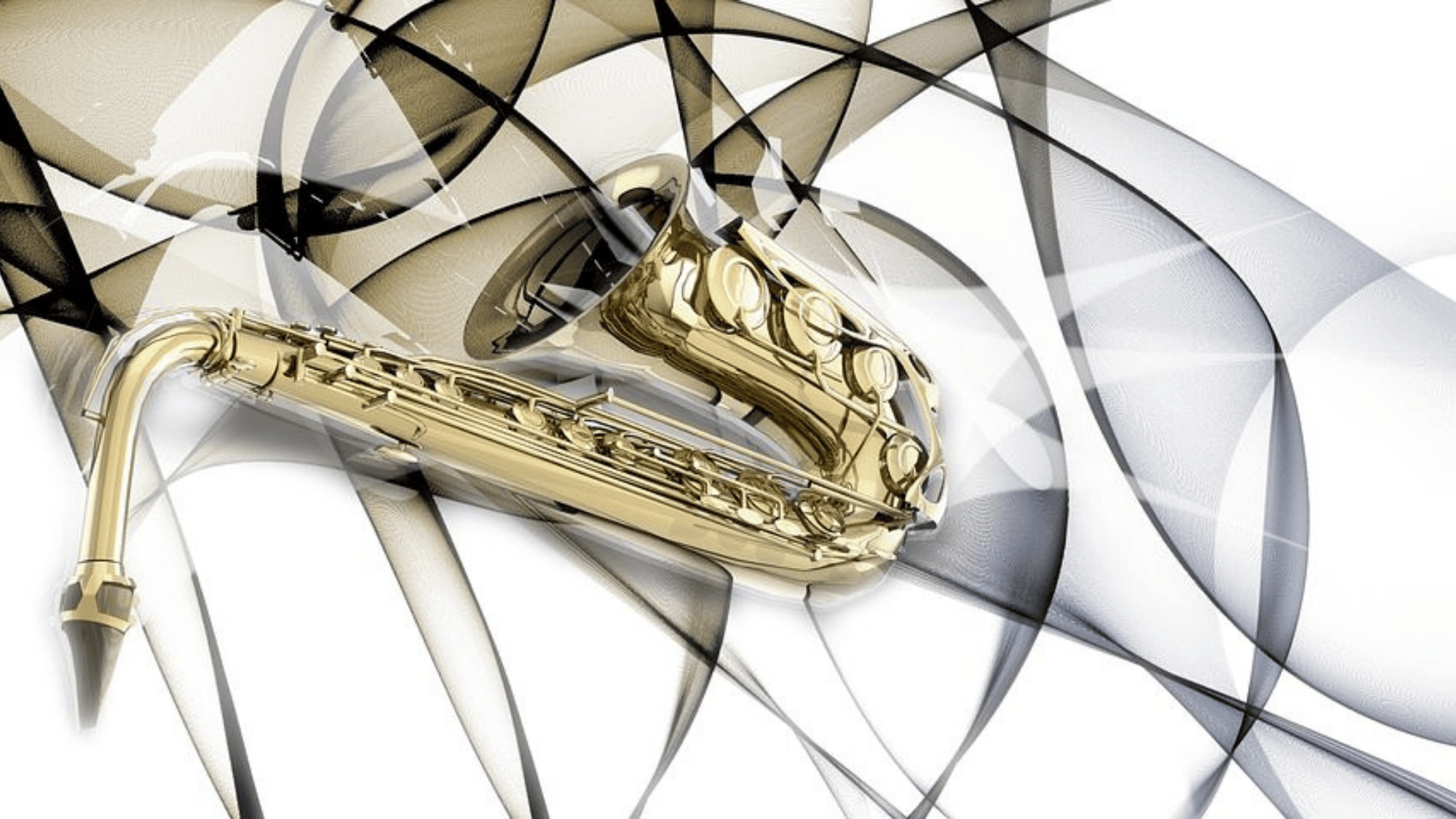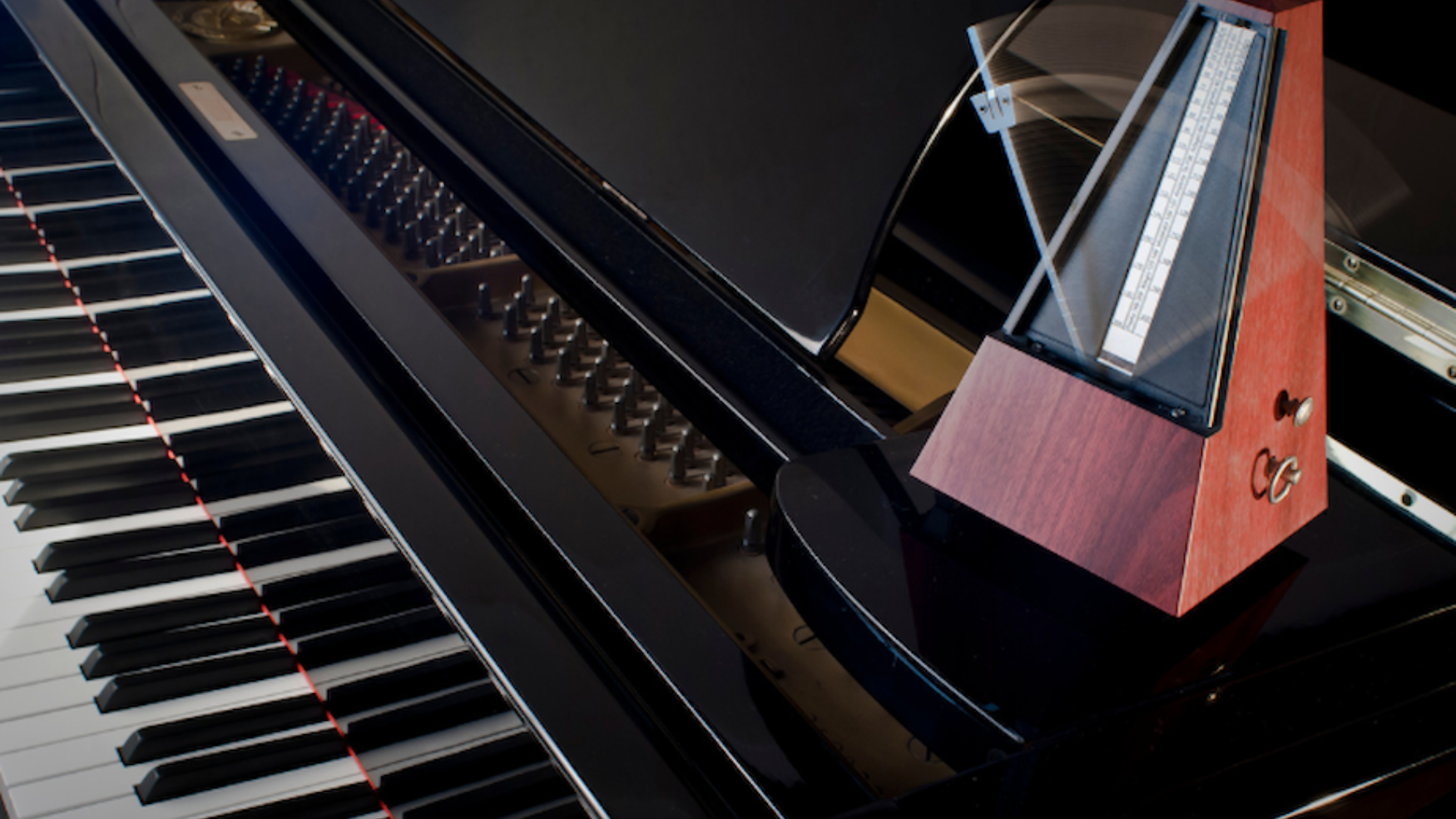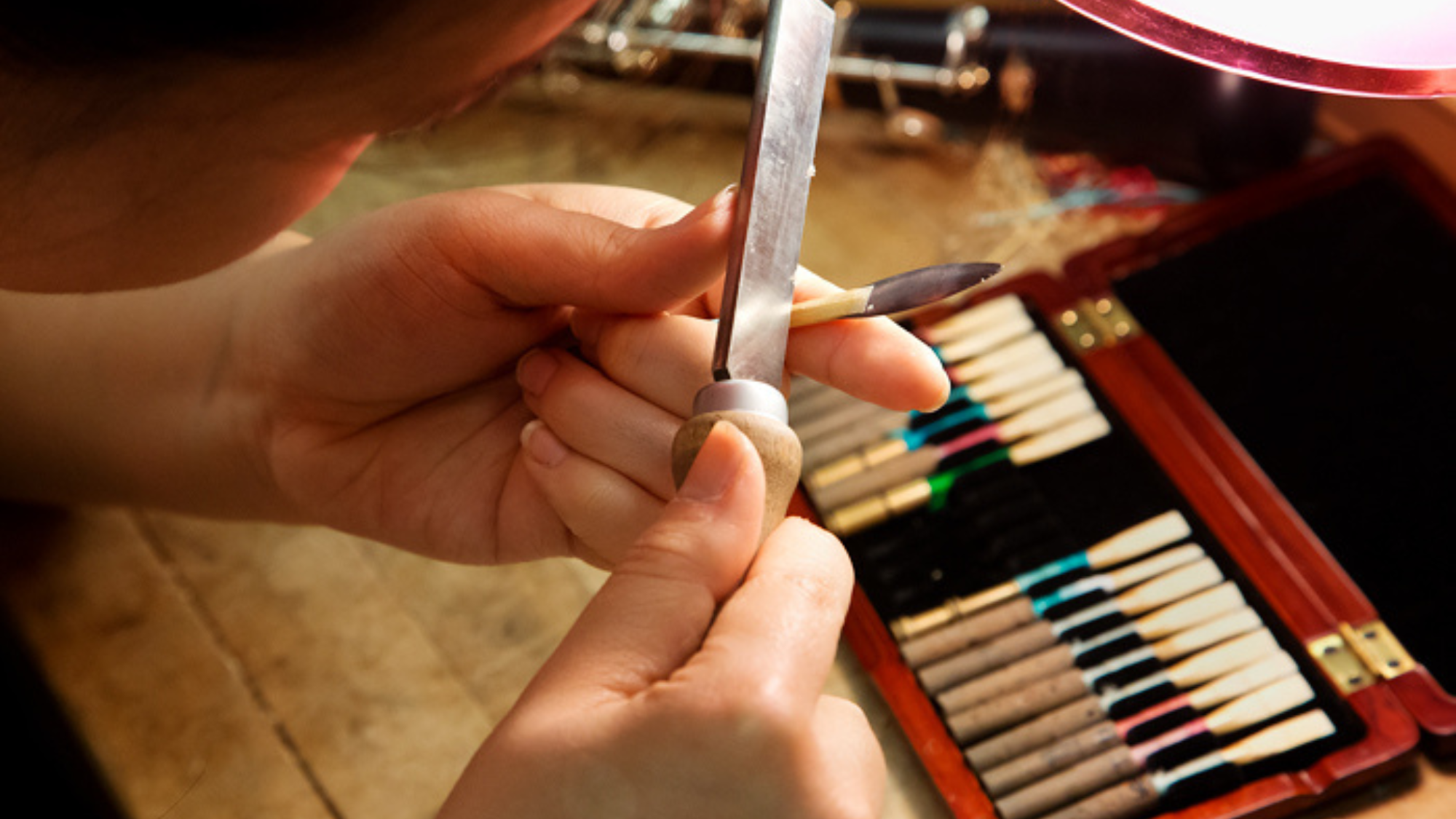Introduction
Forming a correct embouchure is one of the most important aspects of playing the saxophone. Without a correct embouchure, a saxophonist’s tone, intonation, response, musical expressiveness and performance enjoyment will be severely hindered. In addition, it is extremely important to establish a correct embouchure in the very beginning stages of development since a poorly formed embouchure is difficult to change once it has been learned. Therefore, beginning saxophonists and their teachers should carefully monitor embouchure formation from the very first lesson, correcting any flaws until the formation of a correct embouchure becomes a habit.
Two Traditional Methods of Basic Embouchure Formation
Larry Teal’s “O” Shape Embouchure
Larry Teal was a famous saxophonist, clarinetist, flautist and teacher at the University of Michigan-Ann Arbor. Many of his students also became well-known saxophonists and teachers in their own right including Joe Henderson, Lynn Klock, Steven Mauk, Patrick Meighan, John Sampen, Donald Sinta and others.
Teal’s method of forming a correct saxophone embouchure was to shape the mouth and lips in the form an “O” much as if to say the vowel “O” or as if to whistle. Saxophonists should form this position with just the mouth first, and then slide the mouthpiece into the mouth while holding the “O” formation. There should be equal pressure on all sides the mouthpiece as if a drawstring was being pulled around it or as if being wrapped around by a rubber band.

Equal Lip Pressure Around the Mouthpiece With Chin Muscles Pushing Down
Joe Allard’s “V” Shape Embouchure
Another very different approach to forming the saxophone embouchure was developed by Joe Allard, who was also a famous saxophonist/clarinetist and teacher at the Julliard School, Manhattan School and the New England Conservatory. He too like Teal, produced many fine players in both classical and jazz styles including Michael Brecker, Eddie Daniels, Stan Getz, Harvey Pittel, Ken Radnofsky and numerous others.
However, Allard did not agree with Larry Teal’s concept of an “O” shaped embouchure stating that it allowed the lips to assert pressure on the sides of the reed. This restricted the reed’s vibrations and narrowed the amount of overtones produced, reducing the overall tonal resonance. Allard’s approach taught a concept totally opposite of the “O” shape in which the saxophonist applies more pressure to the center, thicker part of the reed while keeping the lips flat and away from the sides of the reed. He often had his students make a “V” with their middle and index fingers, which were used to push the lower lip away from the sides of the reed on each side of the mouthpiece when practicing. Allard’s strategy was to make the embouchure fit the shape of the mouthpiece and reed.
Characteristics of a Good Embouchure
No matter which embouchure approach a saxophonist chooses, there are certain aspects that are commonly shared in the formation of all good embouchures. The first is that the top teeth are placed on the top of the mouthpiece and the corners of the mouth close around the sides to seal off any air leaks. The mouthpiece when placed into the mouth will automatically pull the correct amount of lower lip over the teeth, which is usually about half of the red fleshy part. However, the amount of lip used to cover the reed is also a personal choice since some players prefer more than others depending on their tonal concept and the style of music they are performing.
Another essential factor present in a good embouchure is that as the saxophonist blows air in to the mouthpiece using proper breath support, the correct amount of embouchure pressure should occur naturally as the facial muscles tighten to keep the air from leaking around the mouth. Great care must also be taken to ensure that the chin muscles located directly below the lower lip do not bunch up as air enters the mouthpiece. The chin muscles should be held flat against the chin, which will feel as if one is pushing these muscles down and away from the body.
A third common factor is that the tongue should be placed in a position that is very high in the oral cavity. The sides of the tongue at the back should touch the inside of the upper molars with an overall feeling of saying a “he”. This position will keep the air stream narrow and moving quickly so intonation and response are maximized.
A fourth factor is that pressure from the lower teeth and jaw should be kept to a minimum since this restricts reed vibration, causes intonation problems and can also cause a sore lower lip.
When learning how to form a correct embouchure, only the mouthpiece and neck of the instrument should be used initially allowing the performer to concentrate only on embouchure formation and not instrument position. As the saxophonist feels more comfortable with the embouchure, the instrument may be added.
Using a Mirror
Saxophonists should use a mirror when forming the embouchure since it may be difficult to feel if the embouchure is formed correctly, especially in regards to the proper placement of the chin muscles. A small car visor mirror is a perfect choice for this task. Performers can carry the mirror in their case and place in it on the music stand when practicing in order to check their embouchure. In the beginning, saxophonists may form the correct embouchure but as they begin to focus on other aspects of playing, they may develop some bad embouchure habits. Constant examination through the use of a mirror will keep this from happening. After a short period of time, correct embouchure formation will become a natural occurrence and use of a mirror can be halted.
Summary
Correct embouchure formation is an extremely important aspect of learning to play the saxophone and it is a personal decision on which method, the “O” shape technique of Larry Teal, Joe Allard’s “V” shape approach or even another method, is used. It is very important to form a correct embouchure from the very beginning but if saxophonists find they are not satisfied with their embouchure after playing for a period of time, there is still a very good chance it can be corrected with the right instruction, through careful monitoring and much patience. Perhaps the most important factor in improving a poor embouchure is the desire to change. If saxophonists have a sincere desire to improve, anything is possible.





